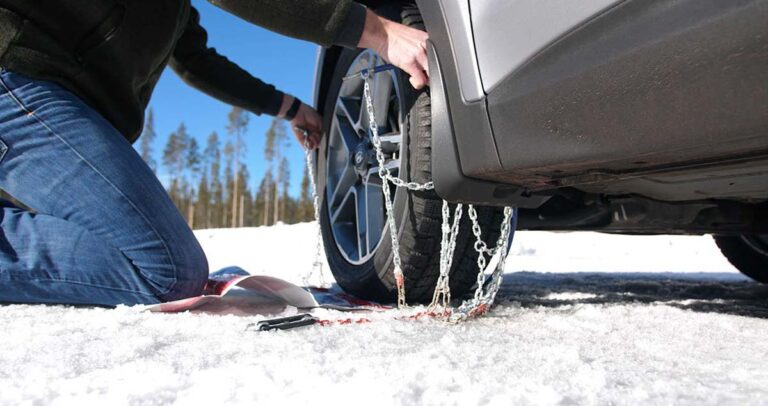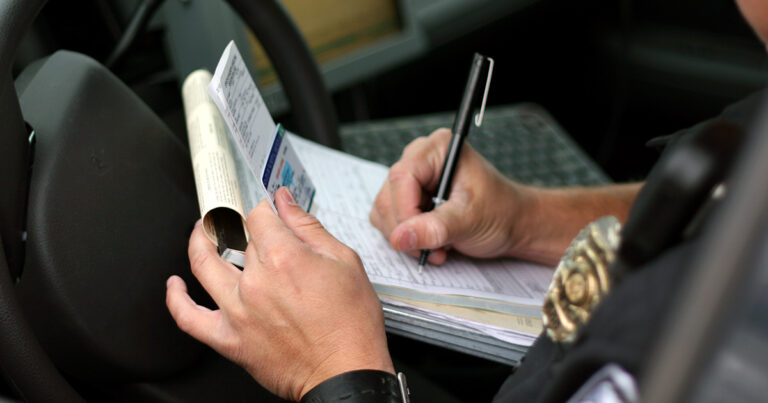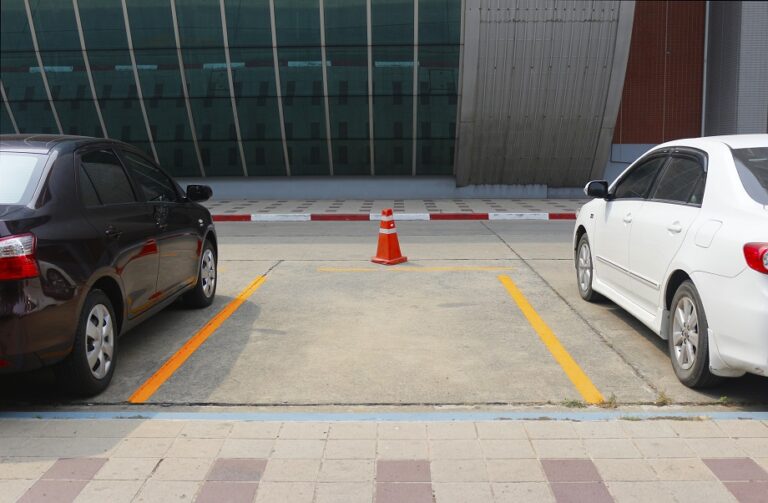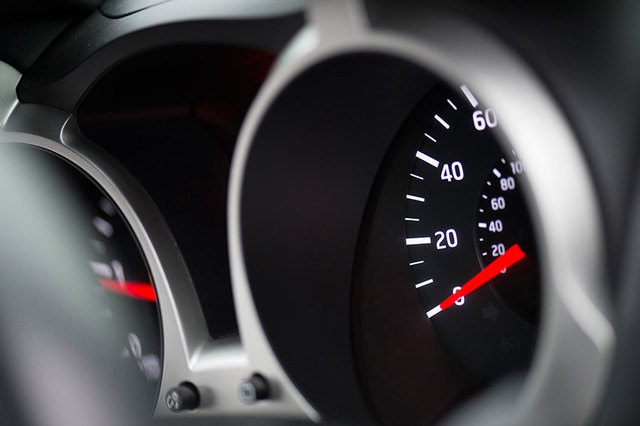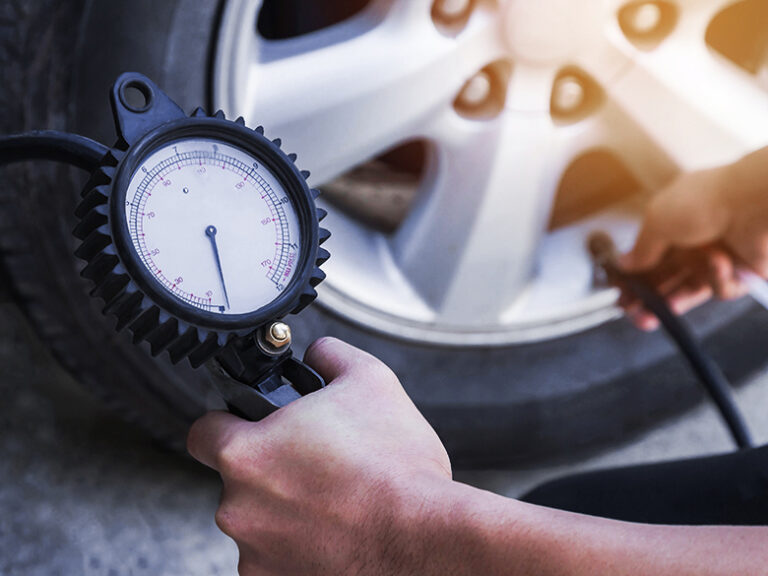To know the marks of the exam of the General Directorate of Transport (DGT) of Spain, you must first take the exam. If you have chosen a driving school with in-person classes, this is quite important.

You will go to your classes and you will be able to interact with the instructor and clarify any questions you may have face to face. If you decide to go the online route, you have more flexibility, but also more responsibility.
If you choose to go online with the DGT, the method basically consists of reading a chapter of the textbook, highlighting it and taking notes in English when necessary.
Familiarize yourself with these expressions: “a change of direction to the left” what about “a turn to the left”? Something like this you will find when you go up to the online platform and take the test for that chapter.
Once you finish all the chapter tests, random tests will also be generated that include questions from all the chapters available on the platform.
So you should take as many as you can. You can also text the instructors when you need clarification on something and you can’t make it to the driving school in person.
What do you need to know the DGT exam scores?
- A computer and the Internet
Instructions to know the marks of the DGT exam
- Prepare yourself in the art of driving to face the written test.
- In Spain, everyone takes the written exam at the DGT (General Directorate of Traffic)
- Your driving school will most likely notify you of the next available date to take the written test.
- If you are ready to take the exam on that date, let them know and they will pass your details on to the DGT.
- When you show up at the DGT to take your written exam, they will call everyone by name.
- They will check your ID and send it to your computer.
- (Yes, the test is online!) Your ID must remain on the desk during the entire exam.
- Their name appears at the top of the exam screen, so they’ll walk around the room another time to check that the person taking the exam is the person whose ID is displayed.
- The exam consists of 30 questions, of which 26 are ridiculously obvious. When do you see a small child playing near the road who may jump into traffic unexpectedly? What would you do? Slow down and stop if necessary, Honk your glows to alert your presence, Speed up to clear the area as fast as possible.
- To pass the test, you have a limit of 3 wrong answers. That means the remaining four questions are designed to trip you up.
- The questions are randomly generated and everyone takes a different test.
- So even though you’ll be able to see other people’s screens, they’re taking a completely different test. No cheating
- When you’re done with the exam , take your things and go.
- You will be able to see your results on the DGT website later in the afternoon.
Tips for knowing the DGT exam marks
- Getting your driver’s license in Spain starts with the written test.
- The DGT is the only institution authorized in Spain to publish your driving test scores.
- This publication is intended to be informational only and should not be considered a substitute for official information.
- Always check with the DGT for the most up-to-date information on how to obtain a driver’s license in Spain.
- The results appear fast and online, only on the website of the Spanish traffic direction.
- It is advisable to go to driving classes to have important notions in the exam.
- There is a world of unknown traffic rules, confusing road layouts and turn changes, which must be mastered.
- In Spain things are different to obtain the license and know the grades, than in other countries such as the US.
- Upon passing the theoretical test for the B car license, there is a maximum limit of 2 years to pass the driving test.
- If you take the test with an automatic car, you can only legally drive an automatic car in Spain.
- Once you pass the practical test, you will receive your temporary license.
- This will work until your officer gets to the driving school.
- You will then also get your green L license plate/plate to be attached to the rear window of your car.
- You will need to have your green L sign/plate there for the year (from the day you passed the test).
- Some people choose not to do this, but it will help you avoid a fee or potential problem.
- Take advantage of that giant L! So that other drivers know that you have the newly issued license.
- If you just had to do paperwork or had to start from scratch, you did it!
- Now, go celebrate your new Spanish driving license by organizing a road trip off the map and enjoying your new found freedom.
- And of course, always drive carefully!
- Learn to drive: tips for new drivers.
- The freedom of getting behind the wheel can be exhilarating, but driving can also be very dangerous.
- As you learn to drive, these tips for new drivers can help keep you safe.
- Drivers education can really help make you a safer and better driver.
- It can even help you get a discount on your insurance. Look into several options and enroll in a course before applying for your license.
- Don’t just practice driving in empty parking lots. You must learn to merge onto a busy highway, change lanes in traffic.
- Drive in a city and drive a car in various weather conditions.
- While we don’t recommend going out in a snowstorm, you do want to get used to driving in a variety of situations.
- If there’s something you don’t like, practice it even more, until you’ve overcome your fears enough to drive safely.
- Some people feel calmer with music.
- Others are distracted by their favorite tunes.
- Know yourself, and don’t risk yourself.
- If you want to play music, start it before leaving the entrance. Don’t mess with buttons and playlists while in traffic.
- Don’t just focus on the car in front of you. Keep an eye on traffic above and look for potential obstacles.
- Check behind you regularly as well, and make sure there’s no one tailgating you.
- Following isn’t just rude – it’s extremely dangerous and is actually the cause of most rear-end collisions.
- Many states are now enacting laws that immediately hold followers accountable for actions.
- There’s a reason for this: if you’re too close, the chances of you hitting the car in front of you are much higher.
- Watch traffic lights: If the light ahead is red or yellow, start slowing down immediately. And when that light turns green, don’t show yourself touching the accelerator.
- Blind spots are one of the most dangerous aspects of driving, especially when passing.
- Get to know your car and find out where your blind spot is. We also recommend looking back by turning your head: better safe than sorry!

